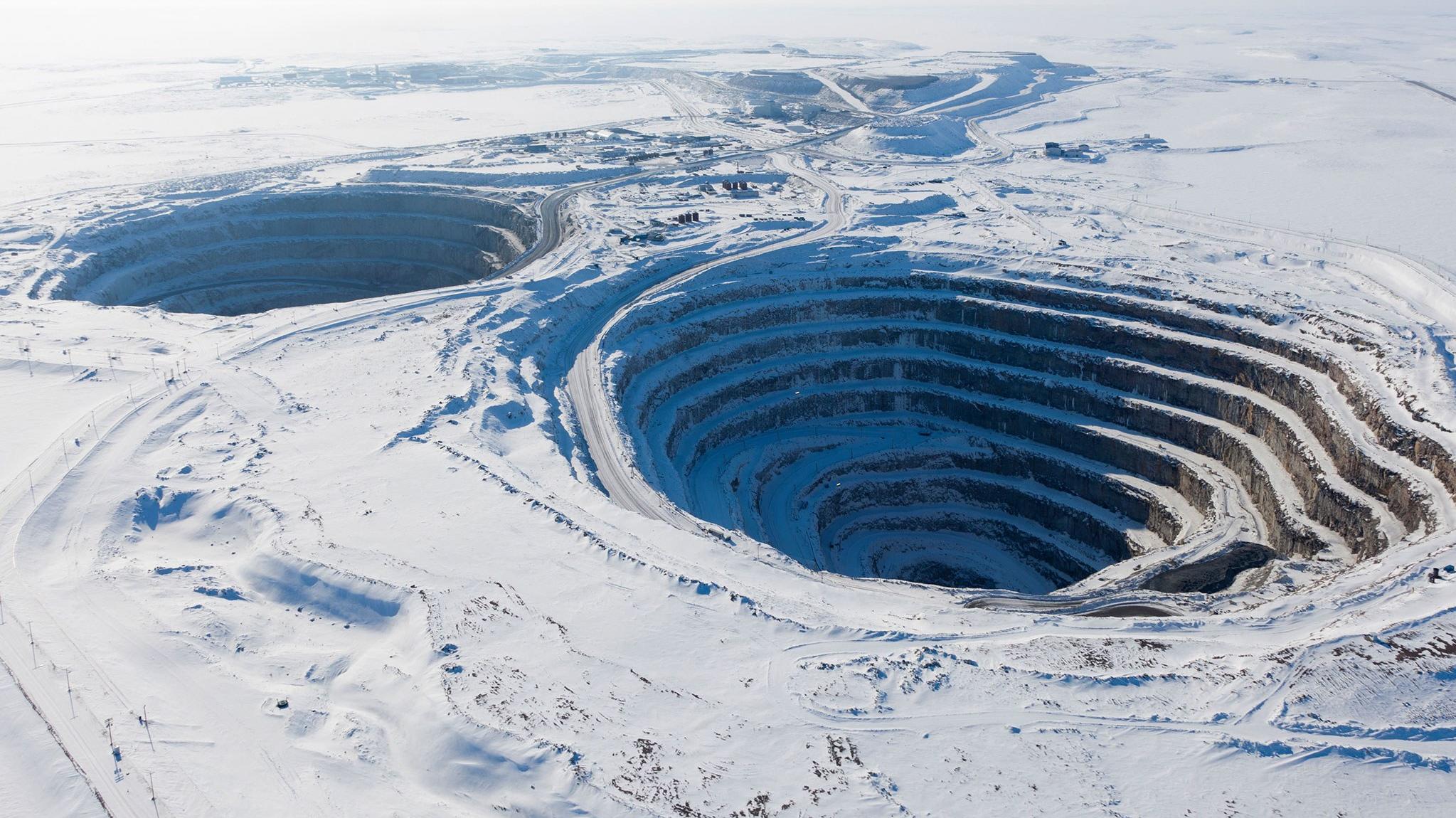Darvaza gas field, Turkmenistan
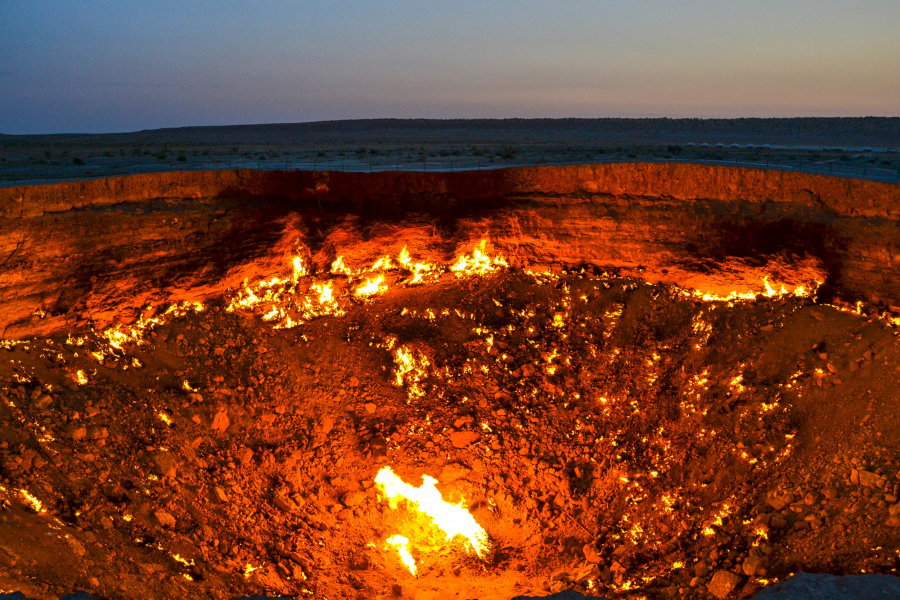
The Darvaza gas field, also known as the "Door to Hell", is a natural gas field in Derweze (Ahal, Turkmenistan). In 1971, Soviet geologists drilled into a gas pocket here, causing the ground under the drilling rig to collapse and create a large hole with a diameter of up to 70 m. To avoid a toxic gas leak, it was decided to burn it, hoping that the fire would burn all the gas in a few weeks. However, this fire has been going on since then, almost 50 years, and shows no signs of stopping. The glow from the fire can be clearly seen at night several kilometers away.
Glory Hole, USA
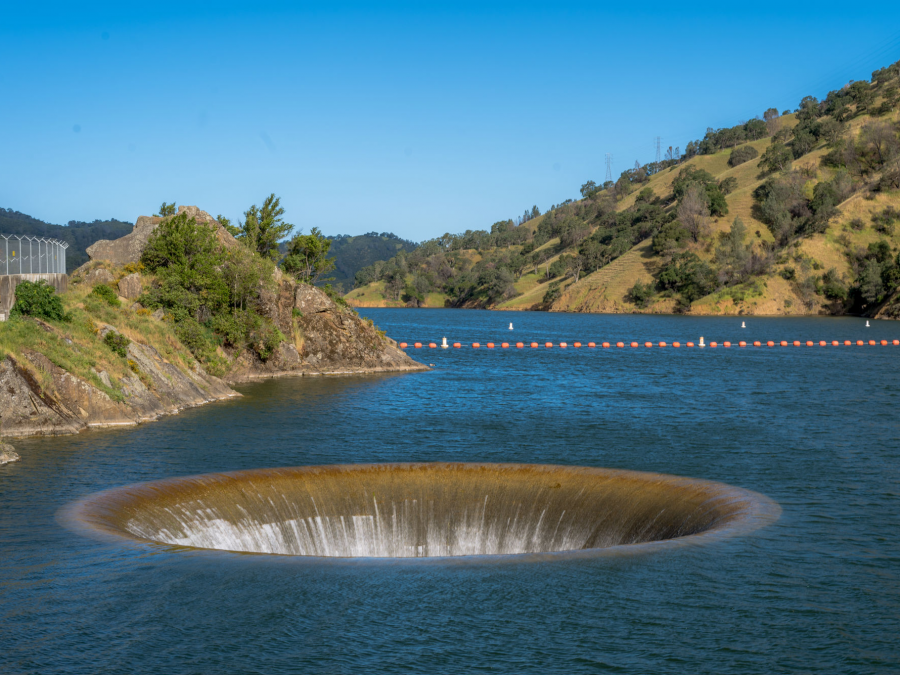
The Hole of Glory is located at the Monticello Dam, Lake Berryessa - the largest lake in Napa County (California, USA). Built more than 50 years ago, this giant man-made hole is capable of releasing thousands of liters of water in a few seconds. Although it is just a drainage hole, its beauty has attracted many tourists to visit every year.
Sawmill Sink, Bahamas

Sawmill Sink is a deep blue hole in the Bahamas, a place of great historical value, helping scientists conduct archaeological investigations, learning about the Earth 1,000 years ago. No other hole in the world has the quantity and quality of fossils as large as Sawmill Sink.
St. Patrick's Well, Italy

St. Patrick's Well is located in Orvieto, Umbria, Central Italy. It was built by the architect Antonio da Sangallo between 1527 and 1537 on the orders of Pope Clement VII. The well is very elaborate with 248 steps, 70 windows to provide light and is more than 13 m deep. It is also the main source of water supply and transport for the entire Orvieto area.
Great Blue Hole
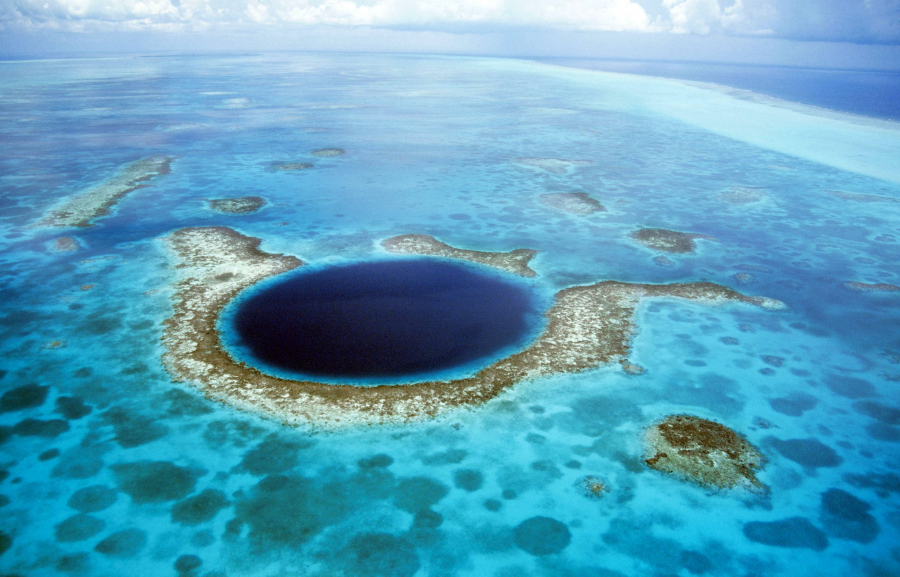
Located in the Belize Reef in the Caribbean Sea, the Great Blue Hole is almost perfectly round, measuring 305 meters in diameter and 122 meters deep. The hole was discovered by the famous French diver Jacques-Yves Cousteau and has gradually become an attractive diving destination for explorers, although it has been called a "diver's graveyard" and a "graveyard of marine life" because of its harsh environment, filled with hydrogen sulfide gas and lack of oxygen in the water.
The Inverted Tower at Masons, Portugal
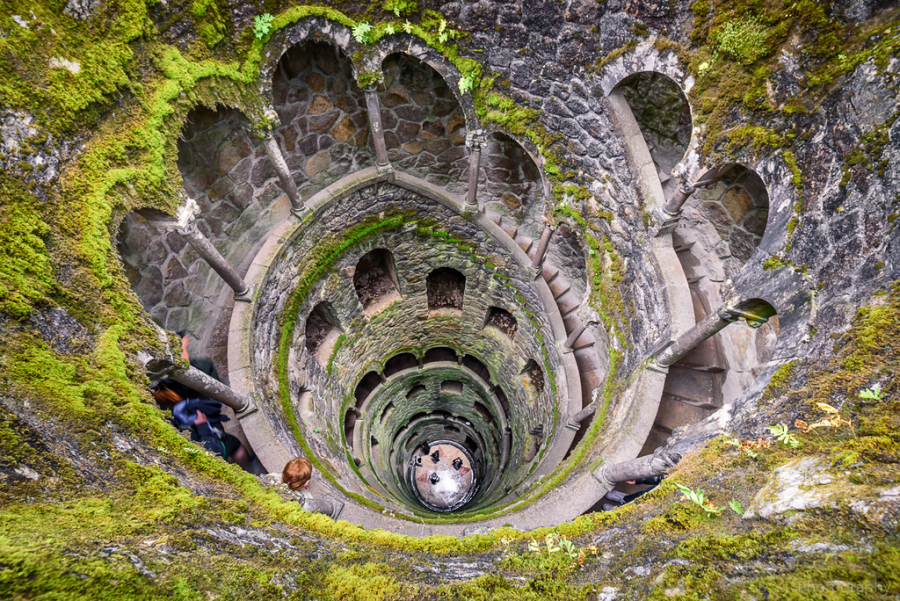
This upside down tower is located in the Quinta da Regaleira castle in the center of Sintra, Portugal. This upside down tower is actually a 27 m deep well without water but has a spiral staircase that takes visitors down to the bottom. Looking down from the mouth of the well, visitors will feel like this is an upside down tower. In the past, this place often took place sacred worship ceremonies and is now a famous tourist attraction in Portugal.
Er Wang Dong Cave, China
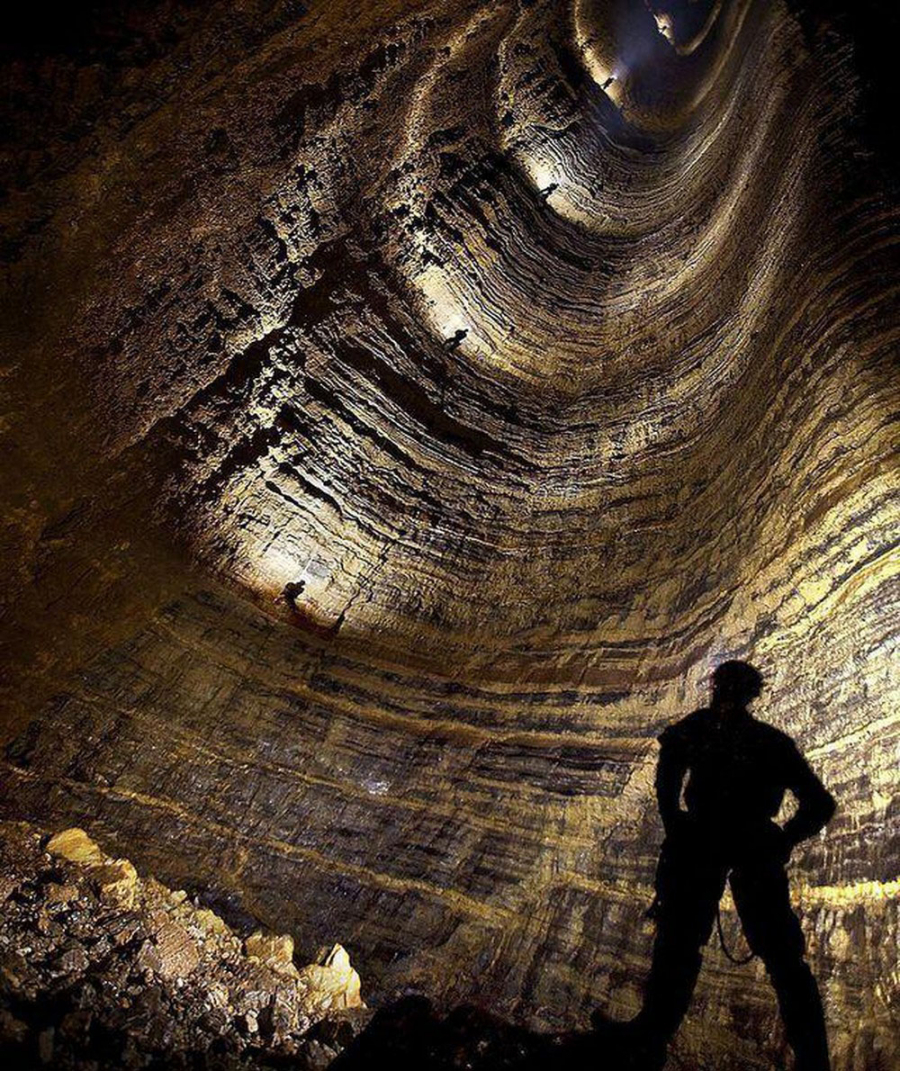
With a length of more than 42,000 meters and a depth of 441 meters, Er Wang Dong Cave is so large that it has its own weather system and independent ecosystem. Inside the cave are forests with rich flora and fauna that cannot be found elsewhere, along with sky, thin clouds and eternal mist.
Sinkholes in Guatemala City, Guatemala
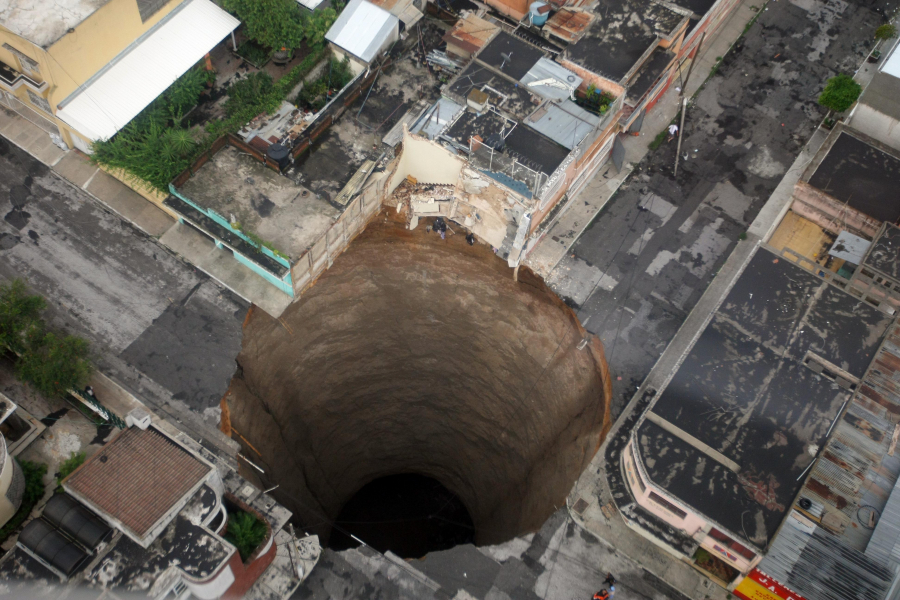
In June 2010, a sinkhole suddenly appeared in Guatemala City with a diameter of about 20 meters. Many people thought that the cause was due to the city's old underground water system, but geologists confirmed that the soil underneath was severely calcified and was washed away by underground water. However, the exact cause has not been determined and most of the people living near the hole have moved elsewhere to ensure safety.
Bingham Canyon, USA
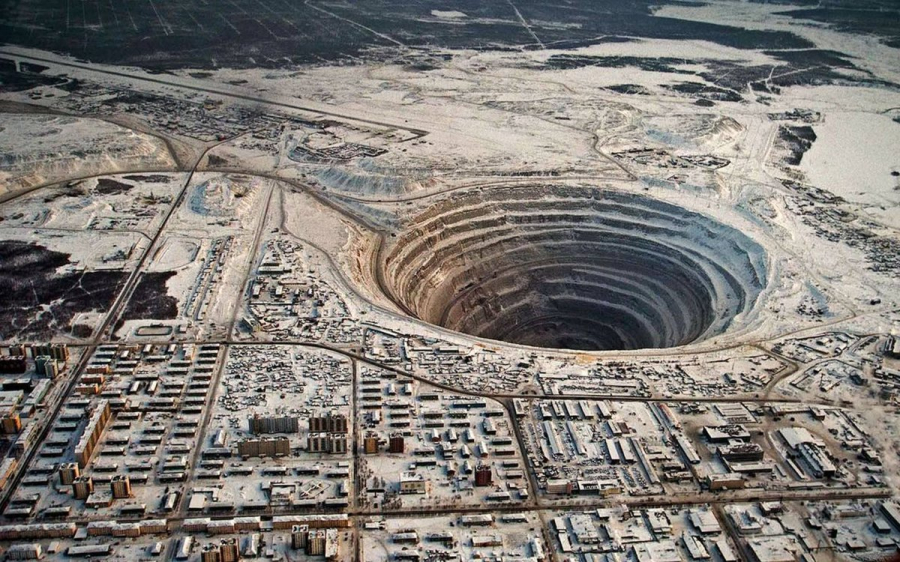
Bingham Canyon is an open-pit copper mine in Utah, USA. It is considered the world's largest man-made mine, measuring over 4,000 m in diameter and nearly 1,000 m deep. It has also produced more copper than any other mine in history - over 19 million tonnes. Bingham Canyon was designated a National Historic Landmark in 1966.
Xiaozhai Tiankeng Pit, China
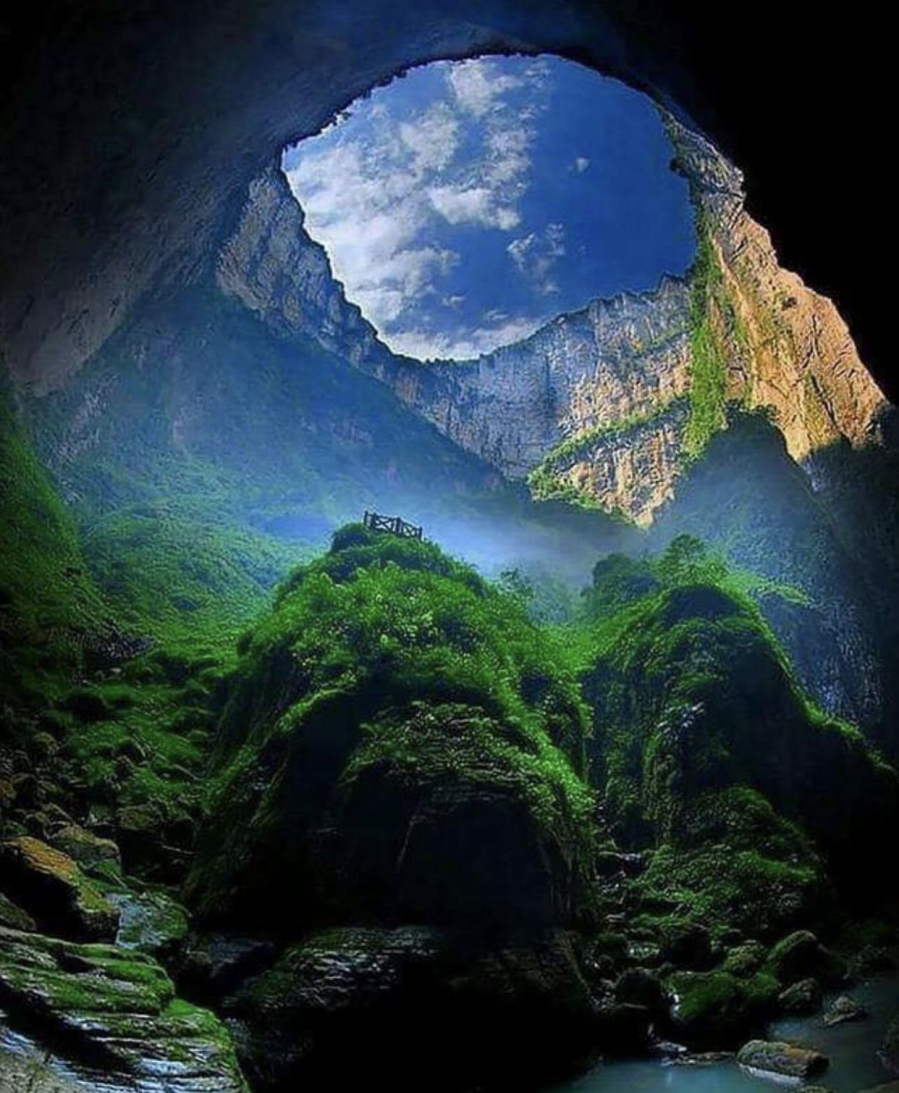
Xiaozhai Tiankeng, also known as Heavenly Pit, located in Fengjie District, Chongqing City, is the world's deepest sinkhole with a depth of more than 600 meters, formed 128,000 years ago. It has become an ideal destination for skydiving enthusiasts and is also an attractive tourist destination.
Mir Mine, Russia
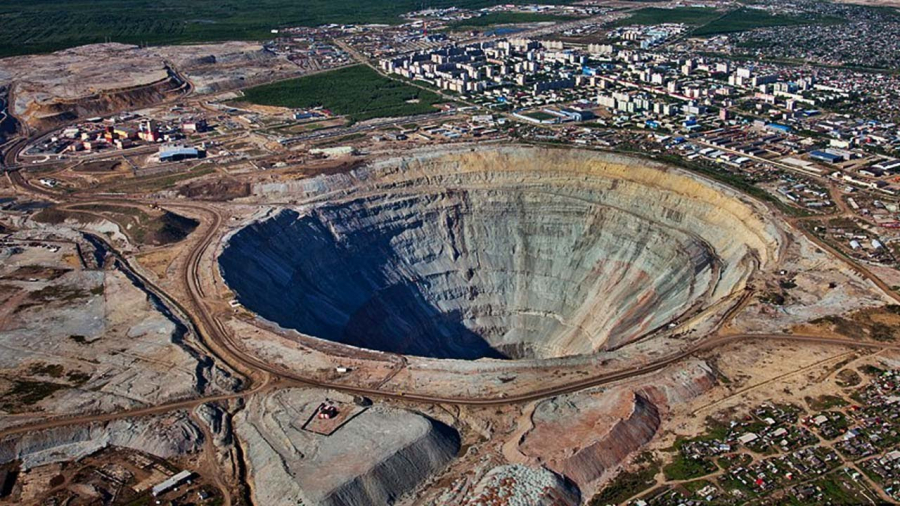
The Mir mine is one of the largest sources of diamonds in Mirny (Sakha Republic, Siberia, Russia). The mine is more than 525 m deep, 1,200 m in diameter and is the second largest artificial hole in the world. Due to the cold weather in Siberia, diamond mining is not simple, experts have to use jet engines to drill through or place mines to blast the ground out. Notably, diamonds mined from the Mir mine have incredibly uniform sizes and shapes. However, no one has yet explained the reason for this phenomenon.





